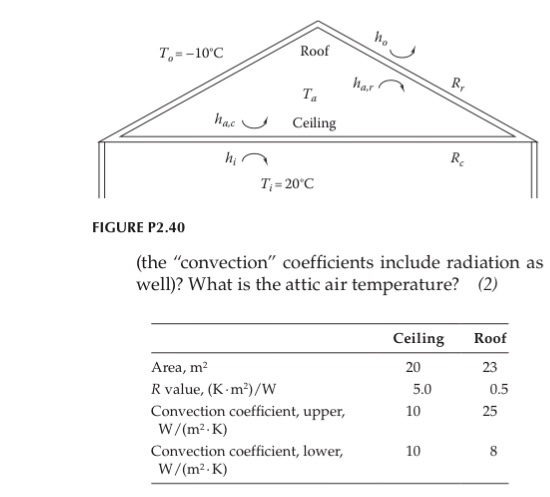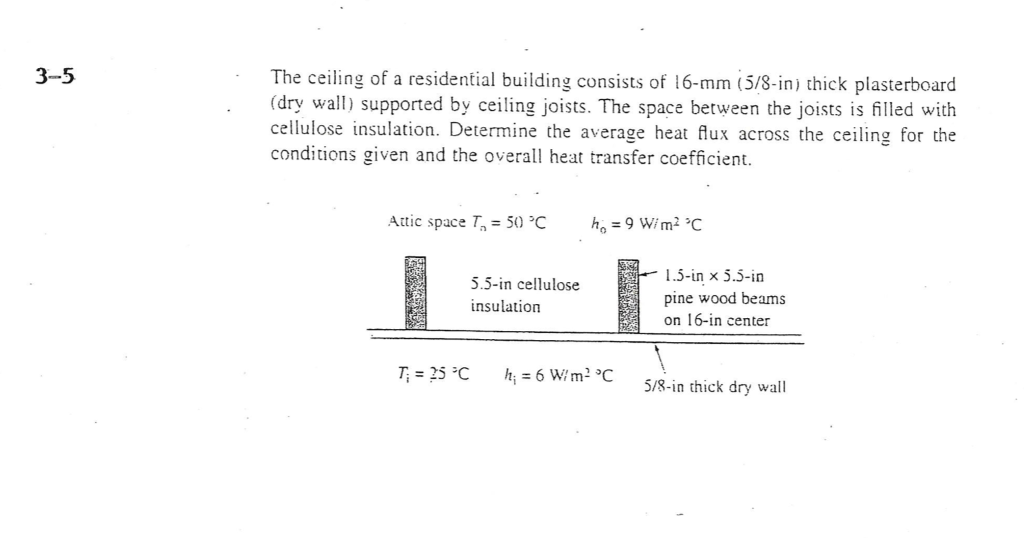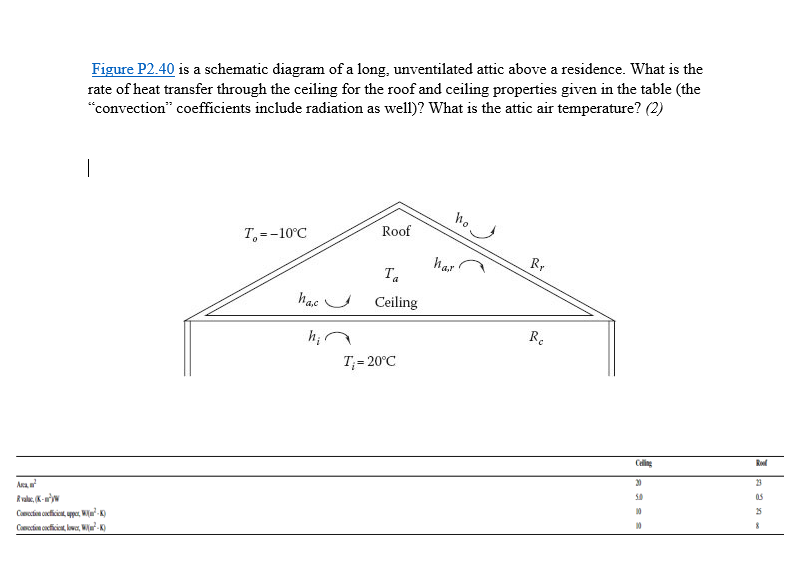Convective heat transfer coefficients table chart the following table charts of typical convective convection heat transfer coefficients for fluids and specific applications.
Convection coeficient in an attic through ceilling.
This disperses warmth evenly throughout the room from floor to ceiling.
If the ventilation is effective then the air in the void will remain close to the ambient temperature thus reducing the convective heat transfer to zero.
The ceiling we are referring to in this case is the dividing line between your living space and the attic or airspace beneath the roof deck.
The ceiling consisted of o 5 inch thick gypsum board and the gables of 0 5 inch thick plywood.
Heat entering through ceiling ducts however naturally tends to accumulate at the ceiling warming the room from top to bottom more slowly than floor ducts.
The problems start when moist air hits cooler rafters trusses and roof sheathing.
Through the attic floor due to convection.
Natural convection results from thermal buoyancy effects.
Typical values of heat transfer coefficient.
The attic was ventilated by a blower with air entering through soffit vents and exiting through a ridge vent.
Low cfm similar to a bathroom vent 300cfm and only in the hot spots basically by adding an inline ducting fan to the return ducts for the hotspot rooms.
Flow type w m 2 k forced convection.
Good reasons to insulate ceilings in order to avoid damage to the roof deck you should insulate ceilings to create an air barrier between the living space and an unfinished attic or airspace underneath.
Natural convection occurs in low density materials only leading to an increase in h eat flow through the insulation and thus to a de crease in the thermal resistance of the in sulation.
Wind washing and air infiltration are primarily the result of forced air movement.
Into an attic is by air moving through openings cut into a vapor barrier.
My idea is to vent the build up of hot air that has risen to the ceiling in the hotspot rooms into the attic so that air from cooler parts of the house can move in.
Forced convection in an attic ceiling system typically results from wind pressure and hvac equipment.
If it is possible to ventilate the air gap between the roof and the ceiling then we could expect a reduction of heat transfer especially by convection.
Low speed flow of air over a surface.
The moisture condenses as water droplets or frost.
The blower door air flow of 5200 cfm was converted to air flow at normal building differential pressure of 3 pascals 0 012 in.
In attics natural convection is a cold weather phenomenon only.
Eventually the condensation drips on the insulation below.
If all of this air flow travels through the tongue and groove ceiling into the attic the water vapor it carries will be 23 70 lb per hr if the home is maintained at 68 f 35 percent rh.
The ventilation rate was measured using hot wire anemometers in ducts leading to the soffit vents.
Such openings are commonly found for example at recessed ceiling boxes and attic entries.










